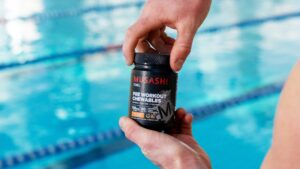Ultra-endurance events have never been more popular.
Here in Australia, Ultra-Trail Australia (UTA) – currently the southern hemisphere’s largest endurance event and the second largest globally – has grown from 157 athletes racing to over 7,000 devotees in the last 15 years.
Internationally, the famous American ultra-marathon running event the Hardrock 100 has now capped entry numbers; while France’s Ultra Trail du Mont Blanc has seen a similar explosion in participation numbers – it began modestly with 67 entrants in 2003, swelled to 1,582 athletes in 2014, and last year, doubled again with 2,761 runners at the start line.
Among the elites, records and fastest-known times (FKTs) are being broken at a remarkable pace.
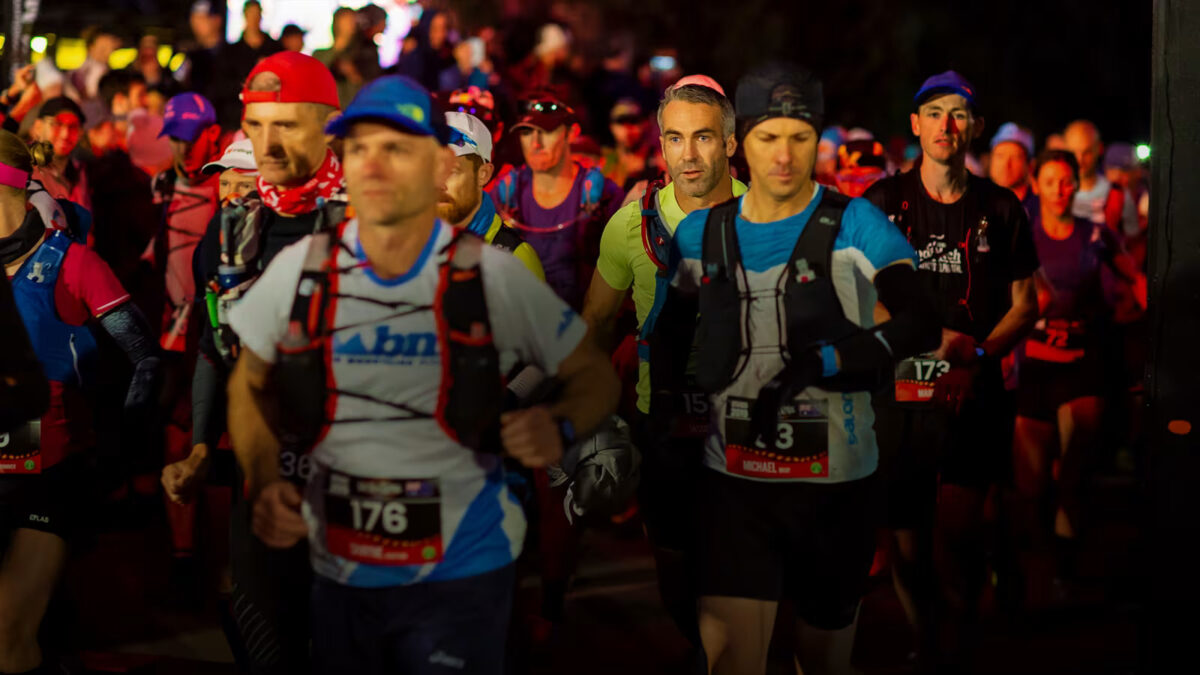
In 2021, James Lawrence – better known as the Iron Cowboy – set a world record by completing 101 Ironman triathlons in 101 days, only for that number to be bested by Sean Conway the following year when he completed 102 in 102 days.
In 2023, Erchana Murray-Bartlett set a new world record by running 150 consecutive daily marathons (the previous record was 106), while fellow Australian Phil Gore broke the world record at the Backyard Ultra marathon event by running 683km over four days. Just a few months later, American Harvey Lewis bettered Gore’s record by 40km, running 723km in total.
World records aren’t just falling in triathlon and running, either. Briton Ross Edgley achieved a world record for his non-stop swim down the Yukon River last year, covering 510km in just under 55 hours. On home soil, professional cyclist Lachlan Morton inked his name in the history books by cycling 14,200km around Australia in 30 days (averaging over 450km per day).
Unbelievably, these are just a handful of examples, and it begs the question: why is it all about ultra-endurance sports right now – and what is it about the ecstasy in agony?
It Takes A Village
One man who has witnessed the ultra-endurance community’s growth firsthand is Nick Christopher, Race Director at UTA.
“The shorter [UTA] distances attract a lot of those first-time trail runners who want to try something different without going too far, but there’s a natural progression for people to push themselves the next year by running the 22km or 50km event,” he told BH.
“I don’t know the numbers off the top of my head, but I would imagine the group of people who increase the distance they run the following year might be around 10%.”
Lucy Bartholomew is one of Australia’s best ultra-marathon runners, and at the age of 28, has already been a part of the sport for over a decade; running ultra-marathons before she could get a learner’s driving license.
Bartholomew also had a front-row seat to the rise of ultra-endurance events.
“I was aware of the sport of ultra running through my Dad, who signed up for his first 100km after doing multiple road marathons in 2012,” she said.
“I think I am driven heavily by curiosity. That day in 2012, I saw people of every age, shape, size, and colour out there, and I was more inspired by the ones who came across the finish line with minutes to spare than by the ones who won and made it look easy. I wanted to be in the mix.”
“By the end [of the event], I was emailing every race director in the country asking if could do a race. I was 15, and one said yes.”
Beyond the community aspect of events like the UTA, Christopher also believes people’s pent-up energy during the pandemic found an outlet through running. There’s only one downside to running by yourself – you’re doing it solo, which is precisely why we saw the well-documented influx of social running clubs.
Christopher added: “Run clubs turned running into a social sport again, and through them, people naturally started to hear about all of these races.”
More Eyeballs
Another element behind the rise of ultra-endurance events is the visibility that world-class efforts attract on social media these days. There are scores of athletes from around the globe with millions of combined followers, broadcasting their training and races to fans every day.
This increased exposure doesn’t just translate to tens of millions of dollars fundraised for various charities and causes, but also exposes millions of average athletes to the possibilities of endurance racing.
While the typical punter likely won’t watch Nedd Brockmann run across Australia and think they could do the same, his efforts inspire regular people to consider what endurance challenges might be possible for them to reasonably attempt.

Lachlan Morton, the cyclist who broke the record for a lap of Australia and raced professionally on the road before dedicating himself to endurance racing, agrees that exposure through social media can inspire amateur athletes to dream bigger.
“I think in the past when you heard about these kinds of feats, you thought they must be special to be able to do what they do,” he said.
“But having access and insights into what these people are doing and realising they’re just regular people stumbling and making it up as they go, makes it a lot more attractive.”
There are, however, some downsides to the impact of social media within the ultra-endurance realm.
I spoke with ultra-endurance cyclist, Jack Thompson, who makes a living creating content around his incredible efforts on the bike. Thompson holds multiple Guinness World Records and Fastest Known Times (FKTs), and despite his online presence being an income stream, he’s hesitant to chase the records being celebrated on social media.
“Last year’s extreme is this year’s mainstream, and I think because of social media, everything’s documented and available to see,” Thompson explained.
“Social media has a good side, but also a bad side. A lot of people see the ultra events and they think they have to go and do something extreme, but my ultra and my wife’s ultra are completely different.”
Big Money, Bigger Goals
With awareness comes investment, and there’s little debate that the ultra-endurance community has become more professional in recent years; thus begins the cycle of pushing to go further and be faster, to better old records and attract even greater attention.
“In essence, it becomes a job for these guys,” Aussie Olympian, professional triathlete, and cycling Worldtour pro Cameron Wurf told BH.
“There might be a charity involved or they’re filming a documentary, it’s the world of coverage today.”
Wurf credits the number of FKT and world records we’ve seen across the ultra-endurance world to this evolution. Sponsorship and awareness bring the support that makes previously impossible challenges a reality.
He continued: “It’s more feasible when it can be documented and supported. Like any other sport, when money gets involved and the stakes rise, people get better at stuff.”
In the elite ultra-marathon running field, Lucy Bartholomew also credits the sport’s professionalisation with the huge number of records that have been broken over the last couple of years.
“I think money has a lot to do with this. As females, we can finally commit to this full-time and make it a sole profession. It’s an incredible time to be in the sport, and a rising tide lifts all ships so everyone is elevating each other,” she said.
A benefit to the professionalisation of ultra-endurance sports is the motivation it can offer athletes. While some athletes are driven by the freedom and adventure ultra-endurance sports offer, others gain purpose from the money they raise for charities and the people they inspire through their efforts.

According to Eugene Oppelt, a sports psychologist who predominantly works with endurance athletes like cyclists – alongside his role as the performance psychologist for Cricket South Africa – this purpose is one of the defining features of endurance athletes.
“There is a theme around inspiring others. All of the top ultra-endurance athletes I work with have a message,” noted Oppelt.
“Because of the enormous training load and lifestyle sacrifices [endurance sports demand], when athletes come to me and they’re burned out, I tell them not to worry about the trophies and sponsors. I ask them to think about when they’re dying a thousand deaths and ask themselves, ‘What is my mission?’”
“You cannot do ultra-endurance sports for egotistical reasons and if you do it for something much bigger than the sport, you might actually survive.”
It’s All In Your Head
Most athletes taking on ultra-endurance sports don’t have the luxury of sponsors to support them or charities to light a fire in their belly. For amateur ultra-endurance athletes, the main attraction isn’t winning or making a career out of it – they want to understand themselves better.
The majority of us enjoy a relatively continuous state of physical comfort in our lives and as a result, there’s a tendency to wonder how we would respond in genuine adversity. Are we strong enough to overcome the obstacle, or would we fall at the first moment of true challenge?
“I’m still trying to understand this, but there’s some kind of deep passion that gets expressed through suffering,” Oppelt explained.
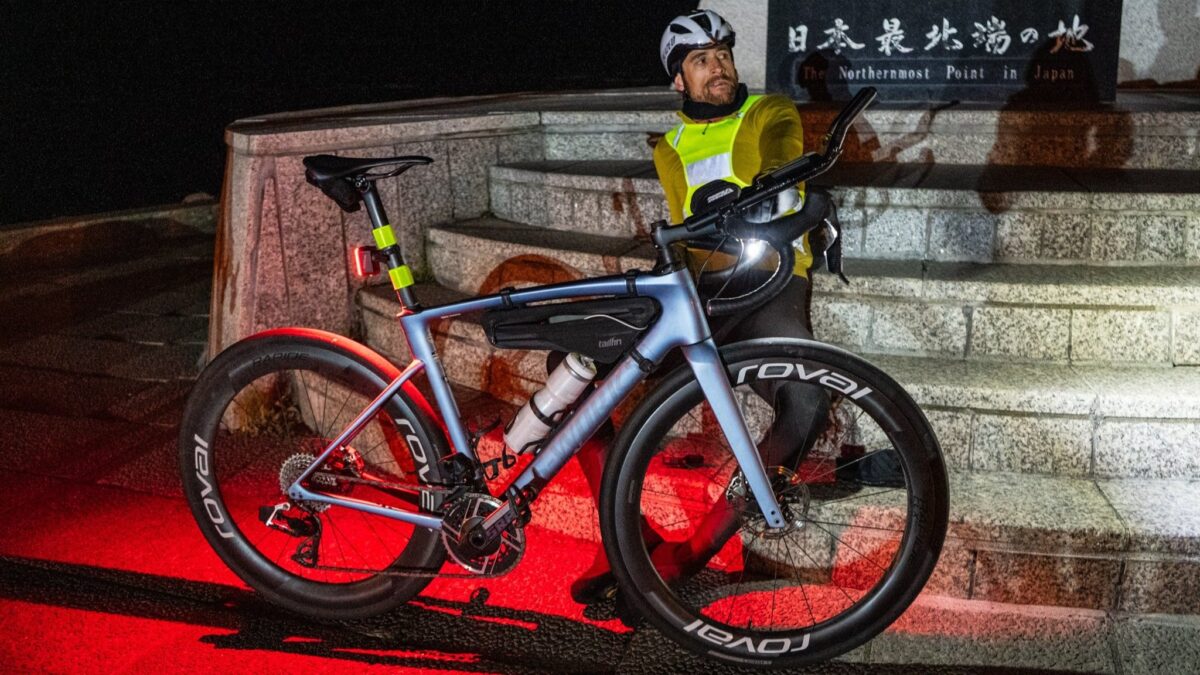
“There’s meaning in the suffering experience from climbing a mountain or running 100 miles. There are very few people who can suffer like that and willingly stay there, but the ones that do are able to by attaching a purpose to the suffering.”
Ultra-endurance sports are an excellent way to answer questions about what you’re capable of, not only because they’re so physically and mentally demanding, but because success or failure comes down to one person: you. The challenges faced can only be overcome in isolation, with the responsibility of the outcome something that cannot be shared, credited, or blamed on others.
Oppelt continued: “One of the most important psychological attributes is a unique capability to deal with loneliness.”
“These athletes have an extraordinary ability to train in isolation because that’s what it takes. They can withstand loneliness. In fact, I’d argue the best prefer to be alone.”
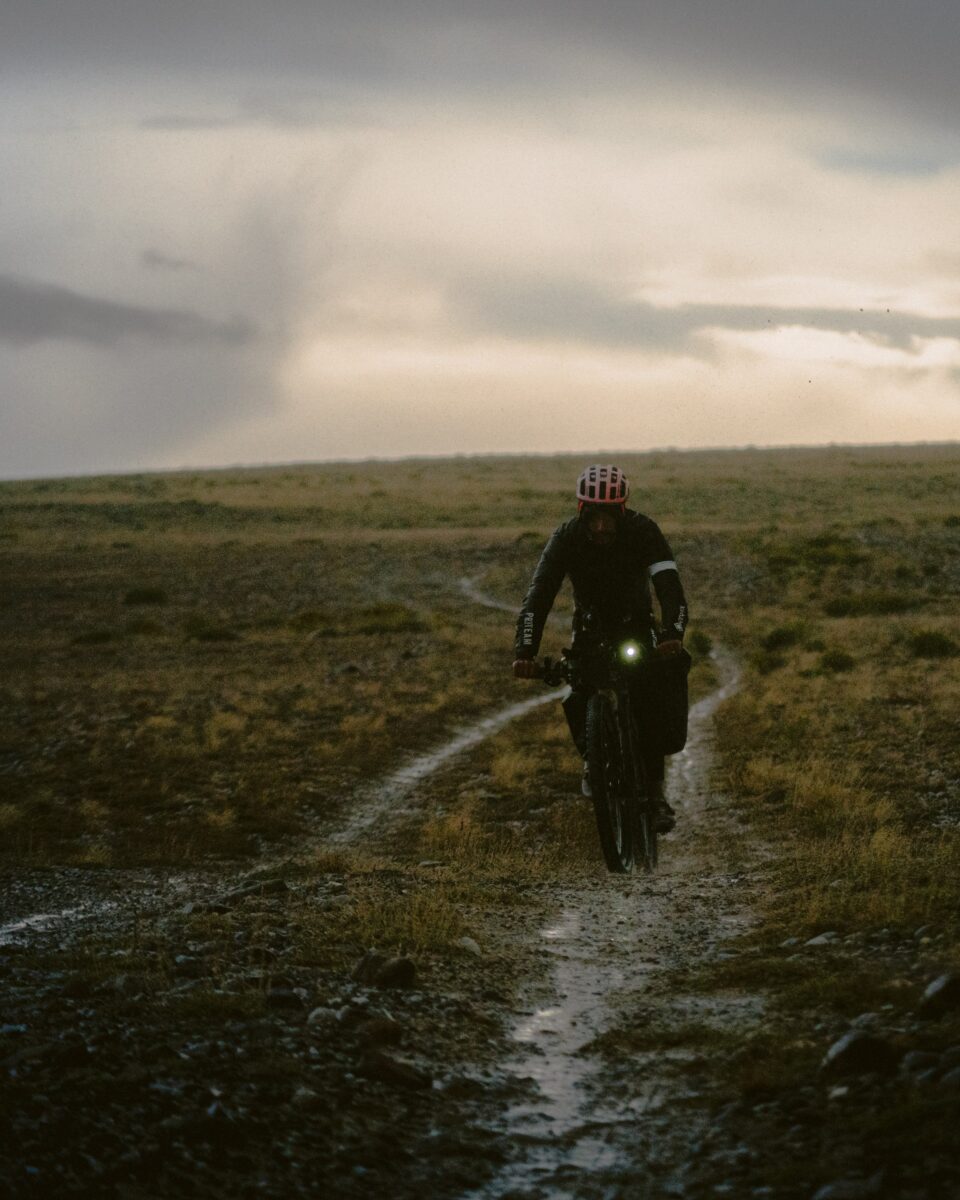
These psychological challenges are a considerable part of what makes the world of ultra-endurance sports attractive to athletes – amateurs and elites alike.
Race Director Nick Christopher described ultra distances as, “a new way for people to expose themselves to themselves,” while Bartholomew explained that, “VO2 max means nothing if you can’t leave your ego at the start line and manage yourself.”
“Some people might call me crazy for this, but I feel like ultra running is quite therapeutic for a lot of people,” said Christopher.
“Physically and mentally it’s a hard thing to do in and it takes a lot of guts and a lot of courage to be able to expose yourself in that way.”
Mental Health Management
Unsurprisingly, the physical and psychological rigours of ultra-endurance sports mean some ultra-endurance athletes use the sport as ongoing self-therapy to deal with past personal trauma. While trauma alone certainly doesn’t make you a world-beater, a relevant portion of successful athletes have experienced trauma in their past.
Anecdotally, there are a few reasons for this: the main one being that the lifestyle demands athletes to fully commit themselves, offering an escape from other parts of their lives. The goal-oriented nature of such sports also makes them highly motivating.
Another reason is that those who have experienced trauma in their past may have deeper reserves of resilience and grit compared to others.

“Athletes that had a difficult childhood don’t necessarily aspire to become an ultra-endurance athlete, but I have found that it makes them more formidable as competitors,” remarked Eugene Oppelt.
“They’ve been through hell, they’ve been through tough times, and it renders the demands of the sport quite easy.”
Athletes with troubled backgrounds tend to handle the turbulence of endurance sports better too.
Oppelt added: “I often meet wannabe athletic stars with the support of mum and dad and corporate sponsors, but they’ve had a cushy life and when they hit their first setback, they’re devastated. Compare that to the gritty athletes who’ve endured terrible suffering and they almost use sport as a catalyst to express themselves.”
“Psychologically, we’ve all got core wounds, but it’s how we manage them. We all have different ways, because less than 10% of the population ever go to therapy, meaning the other 90% of us need to find ways to navigate and express pain.”
Jack Thompson is an athlete who’s spoken openly about his personal challenges with mental health and believes endurance cycling, and the lifestyle that comes with it, are the profoundly best ways he’s found to manage it. After getting into cycling as a teenager to manage his depression, he stopped riding because of the pressures of school and university, which eventually led to out-of-control partying as a young adult.
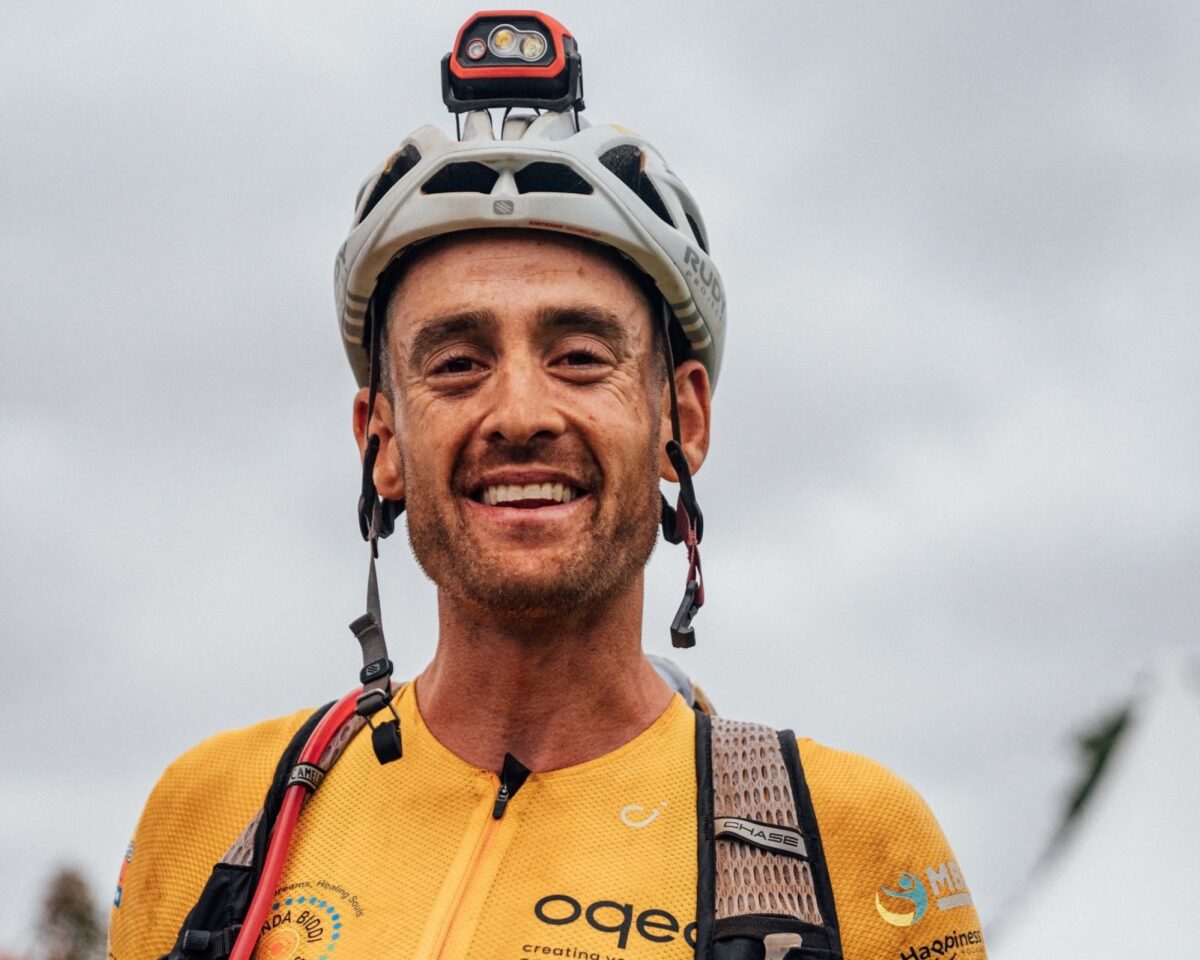
“I think for me, the sport was helping me to treat the depression because it was boosting my dopamine, but it also gave me a real purpose. It gives me structure in my day,” he explained.
“I’m a massive advocate for having goals. It gives me a sense of moving forward, progression, and achieving something.”
Thompson also found the experience of managing lifelong mental health challenges has given him the ability to deal with pain through sheer perspective.
“You can compare [endurance training] to when you were at rock bottom right. [When you’re cycling], you’re outside, you’re not at work, and you’ve chosen to do it. When you bring physical suffering into the spectrum of dark times, it’s not as hard.”
Get Involved
It’s not a straightforward answer, but with the rise of run clubs, increased visibility through social media, and the remarkable sense of purpose and achievement that such challenges offer, people are finding more reasons than ever to push themselves in ways they never thought possible.
Cycling a lap of Australia or running the width of a continent might be out of reach for most of us, but there are dozens of great events across Australia that promise community and connection in equal measure. At the end of the day, ultra-endurance events aren’t popular because they mentally and physically break you – they’re popular because they give you a chance to explore the unknown.
“The truth is it doesn’t always have to be super extreme to still be ultra. I think that’s kind of cool,” said Thompson.













